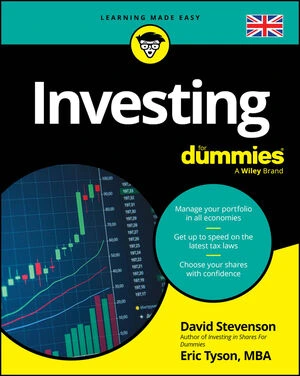Much of what happens in the markets nowadays is automated, including the time when news is released and how orders are matched and reported. Many trades are now being transacted via computer algorithms and programs. Consider this development as market evolution, because the trend to automation is only natural. The markets have always been technology driven. As new technologies emerge, investors are keen to use that technology to get an edge on their competition.
Through this desire for an edge automated trading evolved. Automation has a couple of main advantages:
Computers and algorithms make fewer mistakes than humans.
Computers and algorithms are much faster than humans.
It takes a few hundred milliseconds for a person to blink his eyes. Nowadays, in that same time, an automated trading algorithm will have read, analysed, made a trading decision, and sent and executed an order. And not just one order, but thousands of orders! A human can’t compete with that kind of speed.
Little wonder then that automated trading has become such a big part of the markets. Everyone is at it nowadays. Institutions automate their larger orders, and market makers run their orders via an algorithm. High frequency traders run their black boxes (computer algorithms that are programmed to trade stocks) that send out and cancel orders at a frenetic pace, trying to make small little profits from thousands upon thousands of trades a day. It won’t be long before the private investor can build and use his own algorithms.
As technology has increased in the markets, so has complexity. Sending an order into the market used to be easy — buy or sell at the prevailing market price or set a limit. That was it. Not any more. Automated trading has brought about what can only be described as a baffling amount of special order types. There are hundreds of them, and each dark pool and stock exchange has its own. Often these orders have been specially designed according to the demands of high frequency traders so their algorithms can choose the most appropriate type of order for their trading strategy.
Regulators and some market participants have noticed this proliferation of special order types. Many investors and traders argue that the special order types are only available to certain market participants and that they create an unfair market.
Automated trading has come to stay; its availability will increase, but so will the debate about fairness. Following the markets is exciting, but for many it’s also scary. Much isn’t known about what automated algorithms are up to on the markets and those operating them don’t want to talk about their strategies. The battle for information continues.






